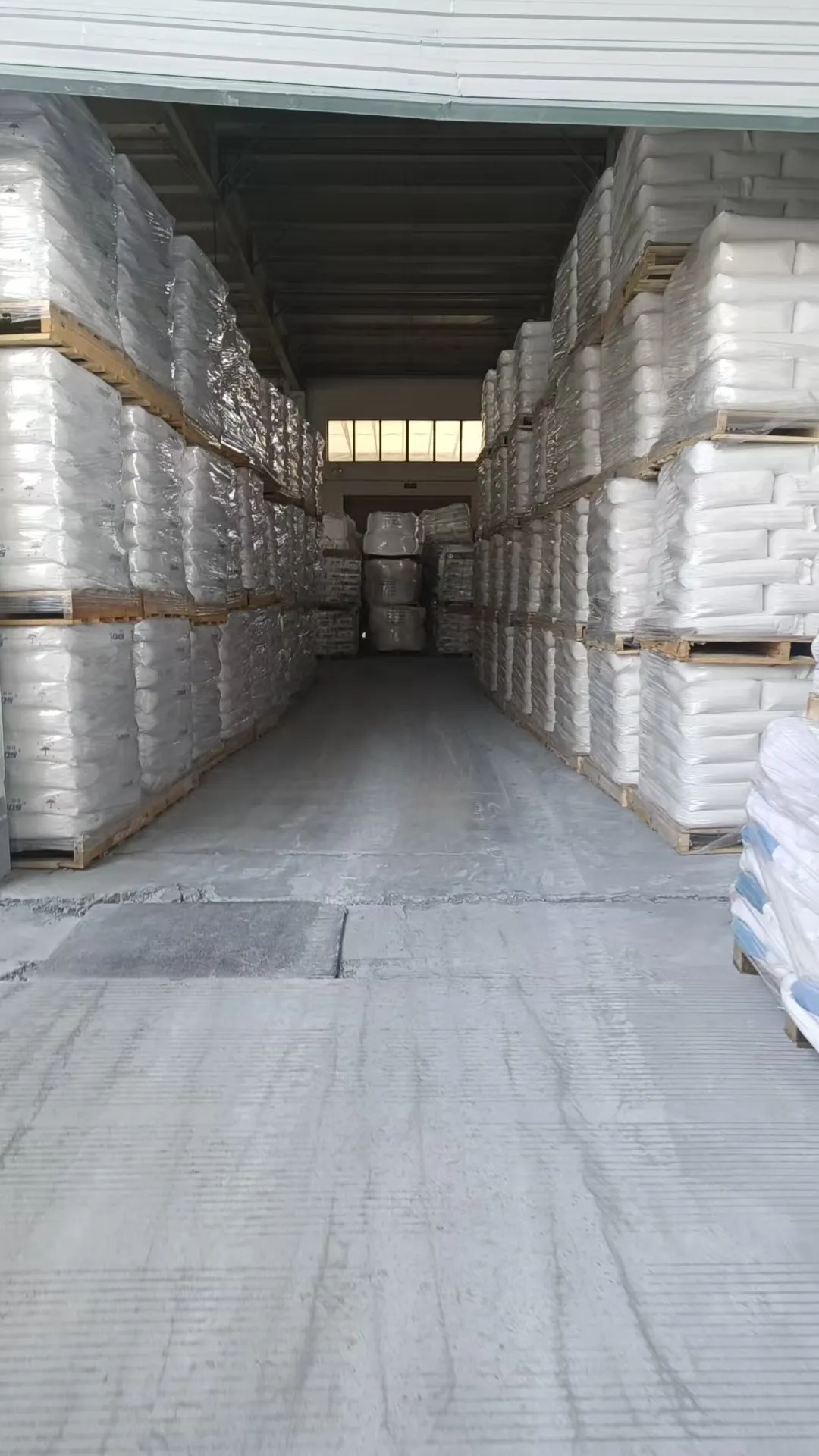
Oct . 26, 2025 10:30 Back to list
Titania TiO2: High Whiteness, UV Shielding, Bulk Supply
Titanium Dioxide for Road Marking Paint: What Really Matters on the Pavement
If you're specifying white pigments for high-visibility coatings, you’ve probably bumped into Titania Tio2 already. This grade is produced in Jindi Industrial Park, Dacheng County, Langfang City, Hebei Province, and it’s positioned for road marking paint and exterior latex—yet, in practice, it also performs in plastics, rubber, papermaking, masterbatch, and ink. To be honest, what caught my attention first was its weathering package; later, the feedback from field applicators sealed it.

Industry trend check
Global buyers are split between sulfate- and chloride-route TiO2. For road markings, consistency and cost-per-km matter more than lab romance. Many customers say they now prioritize stable whiteness and tint strength under UV abuse, while regulators push EN and ASTM compliance. Supply from North China (Hebei) has become a steady, price-competitive lane—surprisingly resilient even through logistics hiccups.
Technical specifications (typical)
| Crystal form | Rutile, surface treated (Al2O3/SiO2/ZrO2) |
| Process | Sulfate route, optimized for exterior coatings |
| TiO2 content | ≥ 94% |
| Rutile content | ≥ 98% |
| CIE L (whiteness) | ≥ 96 (ISO 787/ASTM D2244) |
| Tinting strength | ≥ 1900 (relative, real-world use may vary) |
| Oil absorption | 18–22 g/100 g |
| pH (slurry) | 6.5–8.5 |
| Residue (45 µm) | ≤ 0.02% |
| Avg. particle size | ≈ 0.25 μm (optimized for hiding power) |
| Specific gravity | ≈ 4.1 g/cm³ |
| Weathering (QUV) | ΔE ≤ 1.5 @ 1000 h (ASTM G154) — indicative |

Process flow and QC
Materials: high-purity ilmenite → controlled hydrolysis → calcination → micronization → inorganic passivation (SiO2/Al2O3/ZrO2) → organic treatment for dispersion. Methods: tight PSD control and deagglomeration for fast grind into acrylic/alkyd/thermoplastic road marking binders. Testing: ISO 787 series (fineness, oil absorption, residue), ASTM D476 (classification), ISO 18314/ASTM D2244 (color), and accelerated weathering per ASTM G154. Service life: around 2–5 years on roads, depending on traffic, binder type (thermoplastic vs cold plastic), film build, and bead retention.
Where it’s used
- Road marking paints: center lines, edge lines, zebra crossings (meets EN 1871 materials; performance aligned to EN 1436 luminance and color targets).
- Exterior wall latex: UV-stable whites and pastels.
- Plastics, rubber, inks, paper, and masterbatches that need weather resistance.
Advantages? High refractive index (≈2.7) rutile, low yellowness, solid hiding at practical PVC. It seems to wet-in quickly—several mixers told me they shaved minutes off dispersion time. However, keep defoamers handy; high-shear mills can pull in air.

Vendor snapshot (real-world buying factors)
| Vendor | Process | Certs | Lead time | MOQ | Customization | Price index |
|---|---|---|---|---|---|---|
| Hebei producer (Titania Tio2) | Sulfate | ISO 9001, REACH-ready | ≈ 7–15 days | ≈ 1 ton | Surface/organic treatment tuning | $$ |
| Global brand A | Chloride | ISO 9001, 14001, REACH | ≈ 3–6 weeks | ≈ 10 tons | Standardized portfolio | $$$ |
| Regional vendor B | Sulfate | Basic QC docs | ≈ 10–20 days | ≈ 1–5 tons | Limited | $–$$ |
Customization options
You can request hydrophobic grades for alkyd/solvent systems, higher organic treatment for faster dispersion in acrylic latex, or pre-dispersed slurry for in-plant dosing. Particle size distribution can be tightened for extra hiding (I guess within reason—over-milling risks gloss loss).
Quick case note
A municipal road in Hebei used thermoplastic markings with Titania Tio2: daytime luminance (Qd surrogate, lab plate) improved by ≈8–10% versus their legacy blend; after 1000 h QUV-B, ΔE stayed under 1.4 and hiding held at the same film build. Crew feedback was positive on flow and reheat stability. Not a miracle, but solid, predictable numbers.
Compliance and docs: ISO 9001 QMS, safety data aligned to REACH/CLP, and pigment testing per ISO 787. Most buyers also benchmark against EN 1871 (materials for road markings) and EN 1436 (performance). That’s the boring part—yet that’s what keeps your warranty intact.
Authoritative citations
- ASTM D476: Standard Specification for Titanium Dioxide Pigments
- ISO 787 (series): General methods of test for pigments and extenders
- ASTM D2244: Calculation of Color Tolerances and Color Differences from Instrumentally Measured Color Coordinates
- ASTM G154: UV Exposure of Nonmetallic Materials
- EN 1871: Road marking materials — Physical properties
- EN 1436: Road marking performance for road users
-
Essential Guide to Calcium Powder Quotes – Pricing, Quality & Global Insights
NewsNov.24,2025
-
Reliable Anatase TiO2 Pigment Quotes for Sustainable Industry Use | CQ Titanium Dioxide
NewsNov.24,2025
-
Understanding Lithopone B311 Powder Quotes – Market Insights & Applications
NewsNov.23,2025
-
Reliable 30-50nm TiO2 Powders Quotes for Advanced Industrial Use | CQTitanium
NewsNov.23,2025
-
Comprehensive Guide on Lithopone Red Pigments Quotes | Industry Insights & Pricing
NewsNov.22,2025
-
Comprehensive Insights into the Lithopone Market: Global Trends & Applications
NewsNov.22,2025
